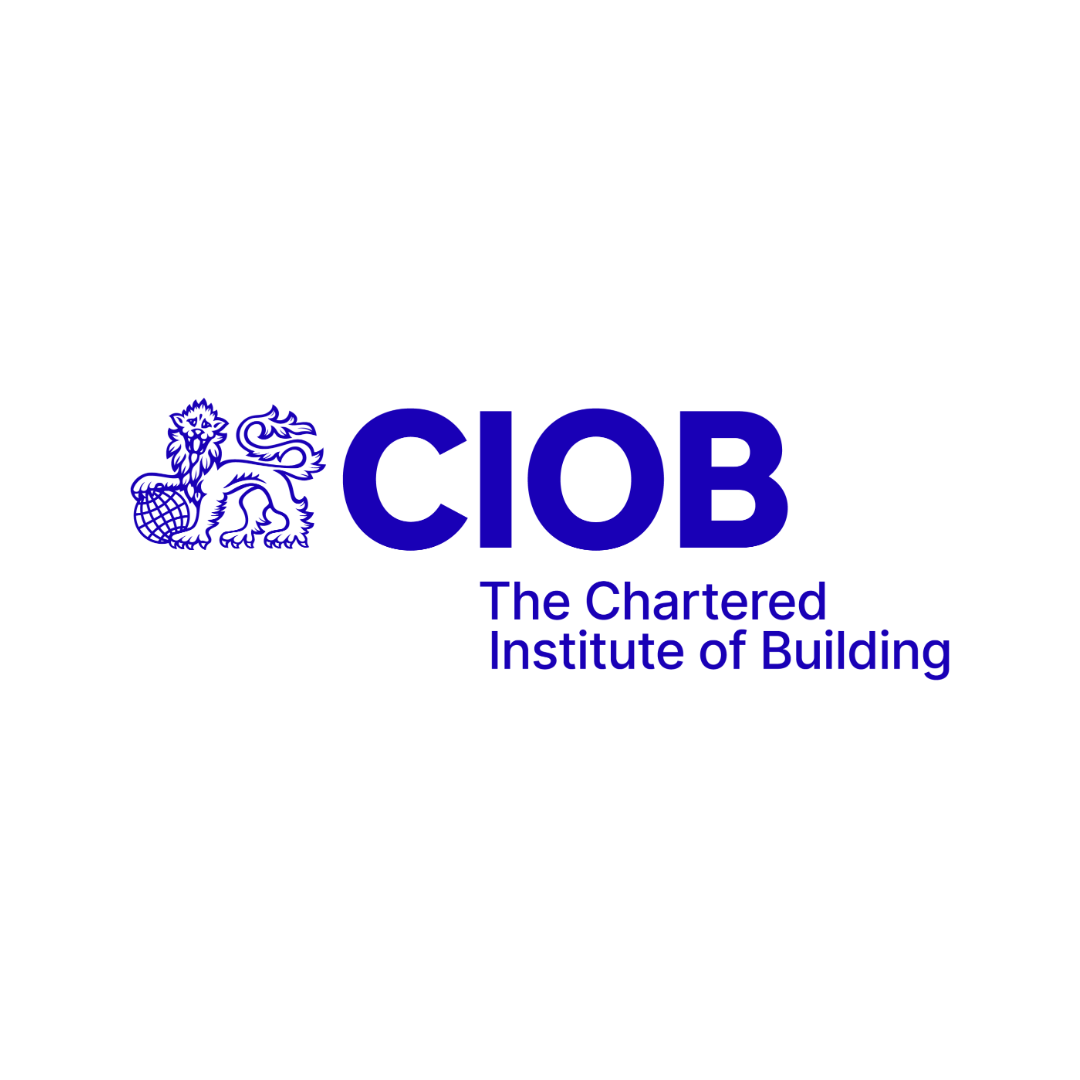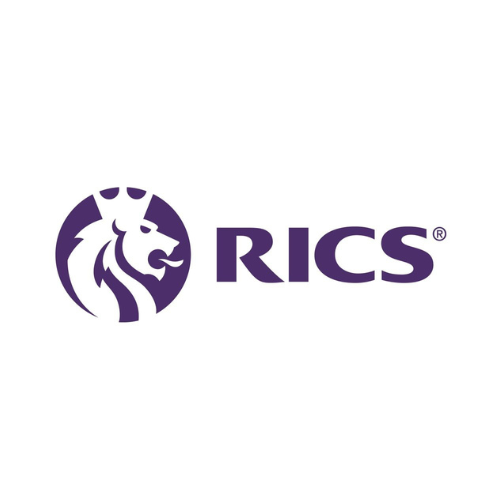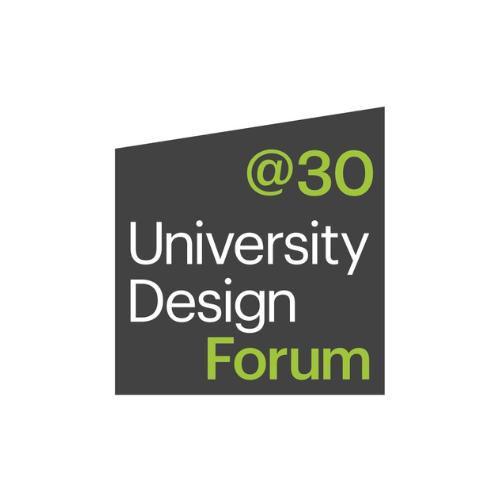Environmental Sustainability and How We Achieve Zero Carbon Article
.png/fit-in/700x9999/filters:no_upscale())
Understand and Planning
A precursor to allow us to plan efficiently is to have a common understanding across the project of key terms. Currently, ‘carbon neutral’ and ‘net zero’ are fairly ambiguous terms; there does not appear to be a clear universal definition of their meanings. Providing clear definitions is a vital first step in the planning process, assisting in finding the right people to collaborate with from the offset. Generating a road map for those involved on the project would further help illustrate the expected standard, best practice and industry knowledge to efficiently manage the project from start to finish, incorporating sustainability measures. So, how can we unify standards and how do we ensure we adhere to these? Possible solutions for tackling this challenge could be achieved through enhanced involvement from local authorities earlier in a project; integrating interior designers with architects and construction workers initially to efficiently design spaces; and facilitating a communicative, collaborative approach between Building Control and Planning across the project timeline. Carbon reduction certificates could be developed and utilised on completion. Currently, Building Control receive building completion certificates, Planning do not. More unity and consistency are needed in completion approaches used by both Planning and Building Control to help achieve the net zero goal.
Monitoring and Refining
To meet operational energy targets, baseline data is needed in order to accurately monitor progress. In conjunction with this, gathering information through research, roundtable events and discussions with diverse stakeholders could deepen understanding involving the severity of the problem and a project’s current status. This information could thereby assist in navigating towards approaching problems involving sustainability early on and, importantly, at the right location. Covid-19 has unlocked the digital estate, increasing flexibility and virtual learning. This may lead to an increase in smart buildings, where smart technology is utilised to provide the user with reduced energy usage (e. lighting, heating). Rooms, floors or buildings could be better controlled and powered down during peak heating times to reflect the building occupation. Fewer buildings will be needed to be in use at any one time, and in turn should be filled to a fuller capacity. Room booking systems, smart sensors and digital twins could assist in this and provide the opportunity to capture and monitor real-time data. This may examine energy use, noise, CO2 levels, ventilation and running costs, and importantly, it could help explore performance output. Although sustainability does come at a cost, quite literally, it can reap benefits both environmentally and economically in the longer term.
Out with the old, in with the new?
Digital learning and working are on the rise and are likely to continue in a post-Covid world. There has been recognition that learning and working can be achieved anywhere, at any time. Despite this, there will always be a need for physical spaces; albeit potentially less of them. Human connection and network building remain essential in day-to-day life. Over the next decade transport, roads and buildings will continue to evolve, reshaping architecture and design. Rather than starting from scratch, existing building stock should be examined and then potentially refurbished to fully, and efficiently, utilise available space. Questions can be asked about the appropriateness of a space’s current purpose and how it may be better utilised. Refurbishing existing fabric offers the opportunity to adapt and improve spaces to meet requirements. However, incorporating flexible spaces into refurbishment work can be problematic; it’s close to impossible to anticipate and design for every single use that a building may need to offer. Ultimately, it is easier to set and achieve performance and sustainability targets when designing new builds. Historic buildings have dated infrastructure; a common place for embedded carbon, but this is not to suggest that refurbishments are not a practical solution. Existing, and new, buildings should be approached holistically. Understanding that through adaptive reuse of our existing infrastructure, this can enhance innovation which in turn drives cost effective solutions. Designing smartly and utilising principles that are used within new builds should also be integrated within refurbishment projects.
Output Reflects Input
To connect with an environment, its purpose must make sense to its users. Designing a space is essentially a way of building communication and rapport with its occupants; we react (both positively and negatively) to spaces. The way users behave in buildings plays a significant role in achieving reduced carbon emissions. Instead of heating an entire room or floor, compromising by wearing an extra layer is a small step in the right direction. Or perhaps rather than bringing the heat to the user, the user instead navigates to the heat. In the new The publisher is unable to take responsibility for the views and opinions expressed by contributors. Any advice, opinion or information contained is published only on the footing that the Publisher, and all contributors to this article shall be under no liability whatsoever in respect of contents. working-from-home context, it is likely that printing, for example, has become a less common occurrence compared to being in the office. It is no longer a luxury or necessity – dependent on the role or course. A visit to an office or education setting post-Covid is likely to only happen when it is deemed a necessity. This raises the question: have we, as a society, reached a point where we want to enter an education or work setting based on its sustainability? And our want, our need, to make an environmentally conscious decision? Spaces reflect user values. The next decade will no doubt consist of a lot of trial, error and evaluation; however, we need to start somewhere. The quicker we start implementing carbon zero principles, the quicker the solutions will become more cost effective through innovation. The output is only as good as our input: we must continually monitor, learn and refine in order to achieve


.png)







.png)
.png)



